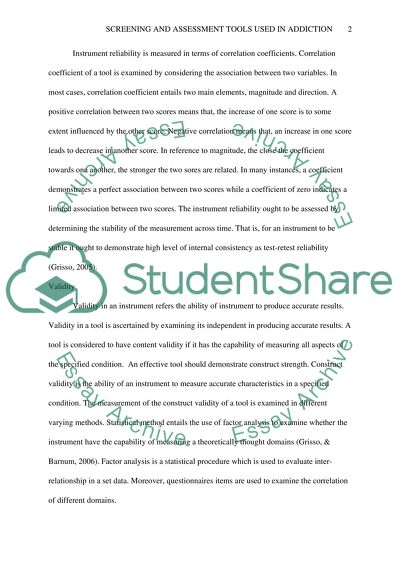Cite this document
(“Screening and Assessment Tools Used In Addiction Research Paper”, n.d.)
Screening and Assessment Tools Used In Addiction Research Paper. Retrieved from https://studentshare.org/psychology/1402945-screening-and-assessment-tools-used-in-addiction
Screening and Assessment Tools Used In Addiction Research Paper. Retrieved from https://studentshare.org/psychology/1402945-screening-and-assessment-tools-used-in-addiction
(Screening and Assessment Tools Used In Addiction Research Paper)
Screening and Assessment Tools Used In Addiction Research Paper. https://studentshare.org/psychology/1402945-screening-and-assessment-tools-used-in-addiction.
Screening and Assessment Tools Used In Addiction Research Paper. https://studentshare.org/psychology/1402945-screening-and-assessment-tools-used-in-addiction.
“Screening and Assessment Tools Used In Addiction Research Paper”, n.d. https://studentshare.org/psychology/1402945-screening-and-assessment-tools-used-in-addiction.


